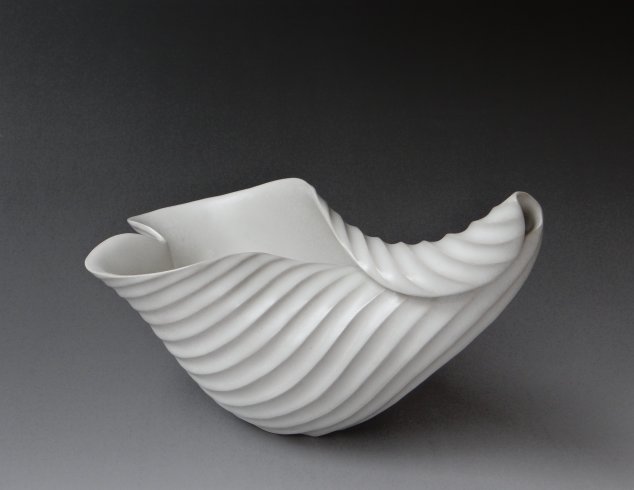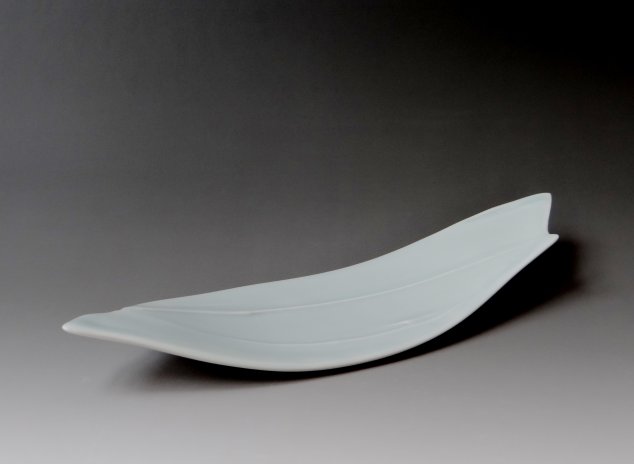Participating artists:
Toshihiko Ando 安藤敏彦
Gen Hoshino 星野玄
Chikako Inaba 稲葉周子
Satomi Noda 野田里美
Takeko Sugimoto 杉本たけ子
Shingo Takeuchi 竹内真吾
Hidemi Tokutake 徳竹秀美
Kazuko Uga 宇賀和子
Hiroyuki Yamada 山田浩之
Takeshi Yasuda 安田猛
Galerie Terra Delft hopes to surprise the public and treat them to an engaging experience. Hidemi Tokutake will be present during the opening on Saturday, February 23; she looks forward to taking questions and engage in conversation with the audience. A publication is available.
The quality of Asian ceramics has always been highly regarded in Europe. Formerly, that regard was heightened by the scarcity, the unfamiliar techniques and the materials used. But also by the themes and the stylized realization of the objects, which showed a high degree of perfection. Japan, especially, with its rich ceramics tradition, was intriguing and continues to be exciting.
In 2015 Galerie Terra Delft brought this into the spotlight with a solo exhibition by Takeshi Yasuda. After his training and career in Japan, this artist worked and taught for over 30 years in Great Britain. He subsequently established himself in Jingdezhen, China, where he renewed his connection with the gallery owners. Yasuda’s work in porcelain is wide-ranging and world-famous.
In China, Simone Haak from Terra Delft Gallery met Hidemi Tokutake, another Japanese ceramist. With her, Terra Delft organized an exhibition in the Sanbao Museum in Jingdezhen, where plans were then made to organize a Japanese exhibition in Delft. From 23 February through 30 March, 2019, these plans will come to fruition in Japanese Spring, an exhibition with work by ten different Japanese ceramic artists, including Takeshi Yasuda, with beautiful new work, and Hidemi Tokutake herself.
The title refers to the time of year in which the exhibition will be held, but also to the introduction of these artists. Many of them have never exhibited in Europe before, so for them it is a new experience. The works are relatively small in size and vary in subject and technique. Taken as a whole, they give an impression of Japanese work and allow the Japanese culture to manifest itself. It is up to the Western audience to decide if the work appeals to them; in any case, it is certainly intriguing. A small bowl appears to have no obvious shape and is therefore actually an abstract piece. A box in the form of an organic rectangle gives a lovely association with nature. And a teapot as art object immediately exudes an Eastern atmosphere.




